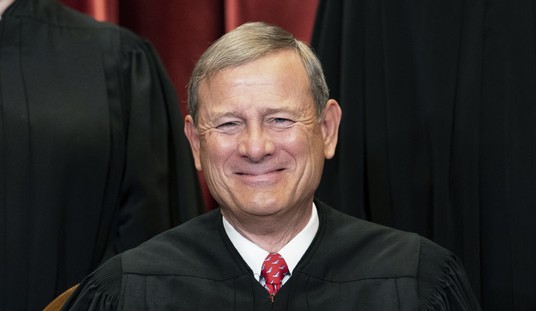The labor force hit a record high, but otherwise the July jobs report was rather unspectacular. The addition of 164,000 new jobs landed almost squarely on economists’ expectations, and wages grew slightly better than expected. However, the pace of job creation remains slower than in 2018:
Total nonfarm payroll employment rose by 164,000 in July, and the unemployment rate was unchanged at 3.7 percent, the U.S. Bureau of Labor Statistics reported today. Notable job gains occurred in professional and technical services, health care, social assistance, and financial activities. …
In July, the number of persons unemployed less than 5 weeks increased by 240,000 to 2.2 million, while the number of long-term unemployed (those jobless for 27 weeks or more) declined by 248,000 to 1.2 million. The long-term unemployed accounted for 19.2 percent of the unemployed. (See table A12.)
In July, the labor force participation rate was 63.0 percent, and the employment-population ratio was 60.7 percent. Both measures were little changed over the month and over the year. (See table A-1.)
The number of persons employed part time for economic reasons (sometimes referred to as involuntary part-time workers) declined by 363,000 in July to 4.0 million. These individuals, who would have preferred full-time employment, were working part time because their hours had been reduced or they were unable to find full-time jobs. Over the past 12 months, the number of involuntary part-time workers has declined by 604,000. (See table A-8.)
The unemployment rate stayed steady at 3.7%, but it ticked up slightly in some subcategories. The biggest jump was a 0.7% increase among Asian-Americans, followed by a 0.2% increase among Hispanic workers. Unemployment ticked up among college graduates too, although that was offset by gains among workers with high school diplomas or less. The U-6 unemployment rate fell to its lowest level in nearly 20 years to 7%, however, a good sign that the overhang from the Great Recession has finally evaporated.
The same kind of mixed signals runs through the entire report. While the pace of job creation in July surpasses that needed to keep up with population growth, it doesn’t surpass it by much. It’s a maintenance pace, not anywhere near a breakout rate suggesting sharper upward growth or much optimism by employers for such. The revisions to the previous two months also shaved off 31,000 net new jobs, making 2019 look much less impressive than last year:

In 2018, the US economy had more than half its months at or above 200K jobs added and two near-misses. Thus far in 2019, we have only had one with one near-miss. The labor market has tightened, to be sure, which is why wage growth continues upward and why July set a new record for the size of the labor force. However, the pressure for new jobs seems to have plateaued, and that should concern the Trump administration as it heads into a re-election campaign.
CNBC’s Jeff Cox sees the glass half full:
The Labor Department reported Friday that payrolls increased 164,000 during the month, just 1,000 below the 165,000 Dow Jones forecast. This also was about the average monthly gain for the year. In 2018, the economy created 223,000 jobs a month.
Wages also continued to increase, with the 3.2% year-over-year gain topping expectations by one-tenth of a percentage point. Average weekly hours edged lower to 34.3.
Economists had expected the unemployment rate to drop to 3.6%, which would have tied a 50-year low, but an influx of 370,000 new workers to the labor force brought the participation rate up to 63%, its highest since March. The total labor force of 163.4 million is a new record. …
The report comes amid worries that the U.S. economy could slide into recession in 2020, owing to a weaker global outlook and worries over the escalating trade war with China. Federal Reserve officials voted Wednesday to cut their benchmark interest rat a quarter percentage point, citing the global slowdown as well as concerns over weak inflation.
Reuters takes the glass-half-empty approach:
U.S. job growth slowed in July and wages picked up moderately, which together with an escalation in trade tensions between the United States and China could give the Federal Reserve ammunition to cut interest rates again next month. …
The U.S.-China trade war is taking a toll on manufacturing, with production declining for two straight quarters. Business investment has also been hit, contracting in the second quarter for the first time in more than three years and contributing to holding back the economy to a 2.1% annualized growth rate. The economy grew at a 3.1% pace in the first quarter.
July payrolls marked a further deceleration in job growth from an average of 223,000 per month in 2018. Economists say it is unclear whether the loss of momentum in hiring was due to ebbing demand for labor or a shortage of qualified workers.
Still, the pace of job growth remains well above the roughly 100,000 needed per month to keep up with growth in the working-age population. The unemployment rate was unchanged at 3.7% in July.
Real wage growth continues, so it may be more of a lack of labor. With so many people jumping into the labor force now, however, that wage growth may not sustain itself for too much longer without a new round of dynamic job creation. For an administration that makes Main Street economy its calling card, the lukewarm jobs reports in 2019 should start being a big concern.








Join the conversation as a VIP Member